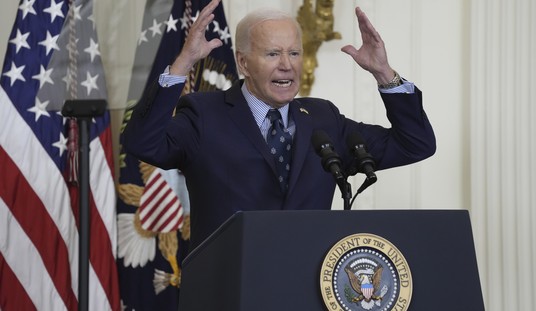When a situation goes to extremes, it can result in either a great opportunity or the possibility of severe danger.
In 2011, as gold was concluding its decade-long bull run and closing in on $2,000 per ounce, every gold bug, mainstream media pundit, and even the average individual, were finding all sorts of reasons and rationales to buy gold — and keep buying, and buying, and buying. After all, the dollar was viewed as a useless piece of paper as the world’s central bankers continued to aggressively buy and print. According to many, this was certainly the perfect recipe for hyperinflation — which was thought to be just around the corner — thus providing even more incentive to purchase the world’s most desirable precious metal. Empty store fronts were being converted into “we buy and sell gold” businesses, and since everyone said so, gold would certainly hit $10,000 per ounce sooner rather than later. Oops, gold is currently trading at approximately $1,360. In hindsight, perhaps it should have been a short, not a long.
In 2012, Apple, Inc. (AAPL) was supposedly the stock to own. In fact, it was widely believed that Apple would be the first individual stock to achieve a $1,000 price tag; it was just a matter of time. Disregard the Samsung competition, never mind the shrinking top-end growth, and forget about the overall commoditization of Apple products, the message was “buy, get on board and don’t delay, the stock has certainly come a long way, but it definitely has much further to go on the upside.” After all, everyone said so. Oops, Apple is currently trading at approximately $465. In hindsight, it should have been a short, not a long.
There’s an old adage about bad luck occurring in threes. For example, “three on a match” and the notion that death always happens in threes. Thus, this leads us to our third situation, namely U.S. long-term treasuries. What’s the general consensus nowadays? Indeed, it’s sell, sell, sell. Yet, when the Federal Reserve ultimately tapers their most recent bond purchasing program, who will step in? Therefore, how can interest rates not go higher? Disregard the negative impact that higher interest rates will have on the housing sector, stagnant wages, and declining retail sales. Rates will go higher, thus bond prices will go lower. Consequently, the current message is loud and clear, “get out, don’t buy, and perhaps short.”
Recommended
However, could this situation be just like the prior circumstances involving Apple, Inc., and gold — that the right move is actually the opposite of popular opinion? Regarding long-term treasuries, is it time to not be a seller? Rather, is it time to be an aggressive buyer?
Over the past 50 years, during the course of 16 interest rate cycles, the peak-to-trough in long-term treasury rates has been 35%. Keeping this statistic in mind, it would mean that with 3.01% being the most recent 52-week high of the U.S. 10-year note, with the next move down, which apparently has begun, it would result in a yield of approximately 2%. On paper, that would be a very handsome reward. Oops. Yes, there is an opportunity for extreme profit, but more than likely not.
Why?
Because everybody says so.
MacroProfit
It’s Free — Don’t Miss It!
- Between now and the end of the month, MacroProfit, Bill Tatro’s dynamic monthly financial newsletter (abridged August 2013 version) is available for free
- Each and every month, MacroProfit provides in-depth analysis regarding the economics of finance, politics, and history — vital information that’s tailor-made to you and your financial well-being. And that’s not all. Now, the words are brought to life with vibrant video and audio, innovative technology few others can match, including a podcast feature that allows for many of the topics to be expanded upon even further
- Just visit macroprofitnewsletter.com — it’s Free!

























Join the conversation as a VIP Member